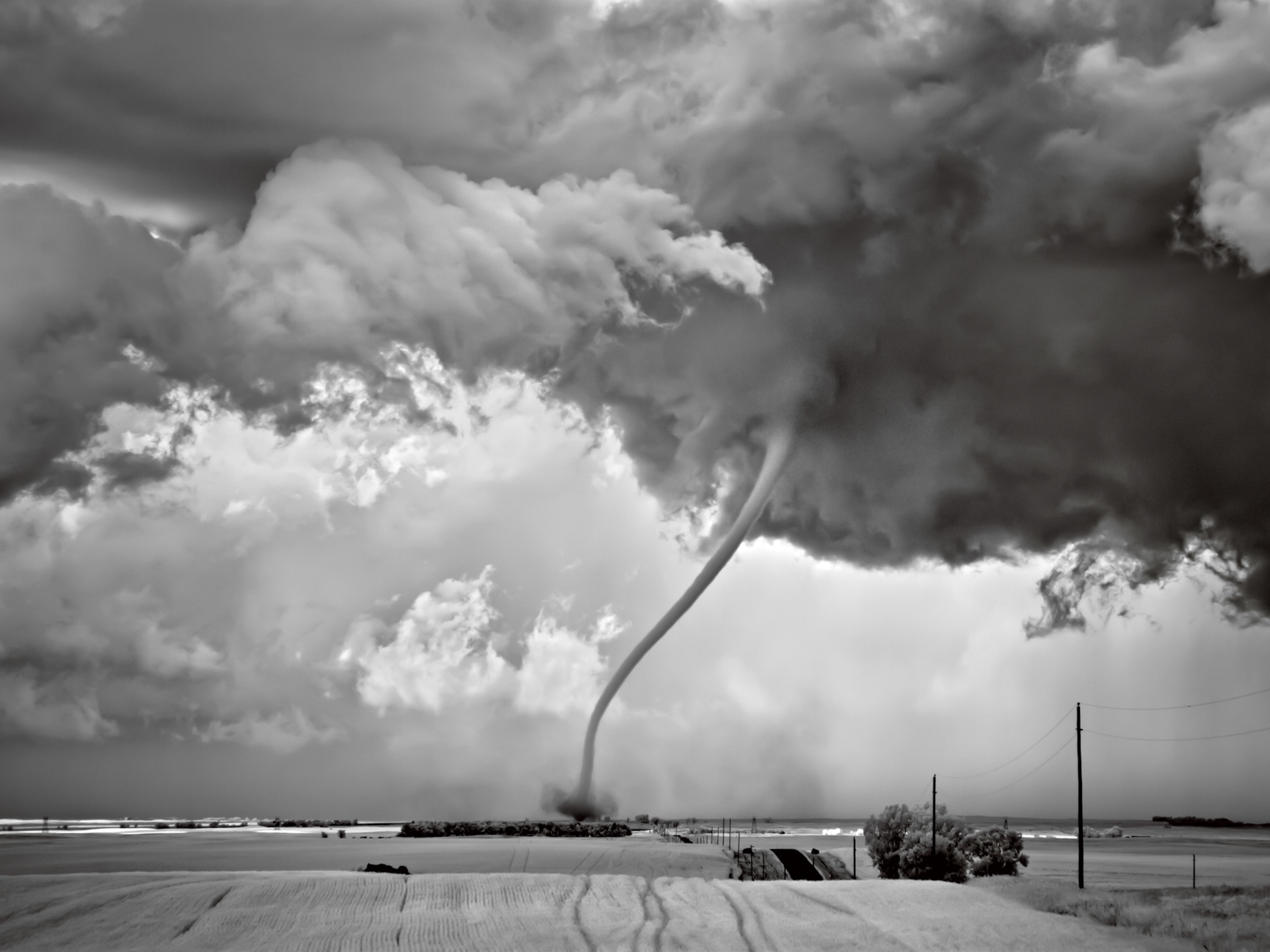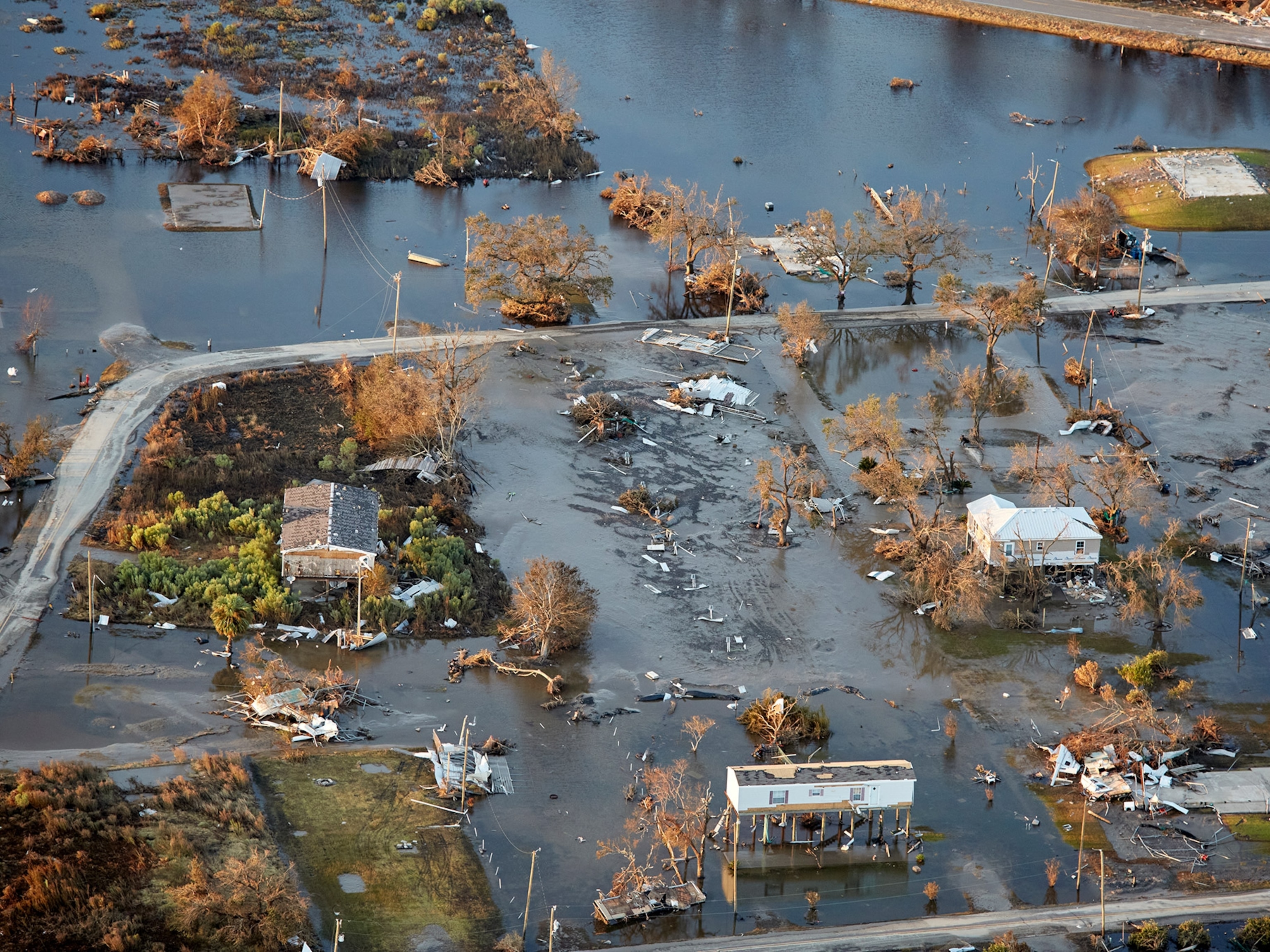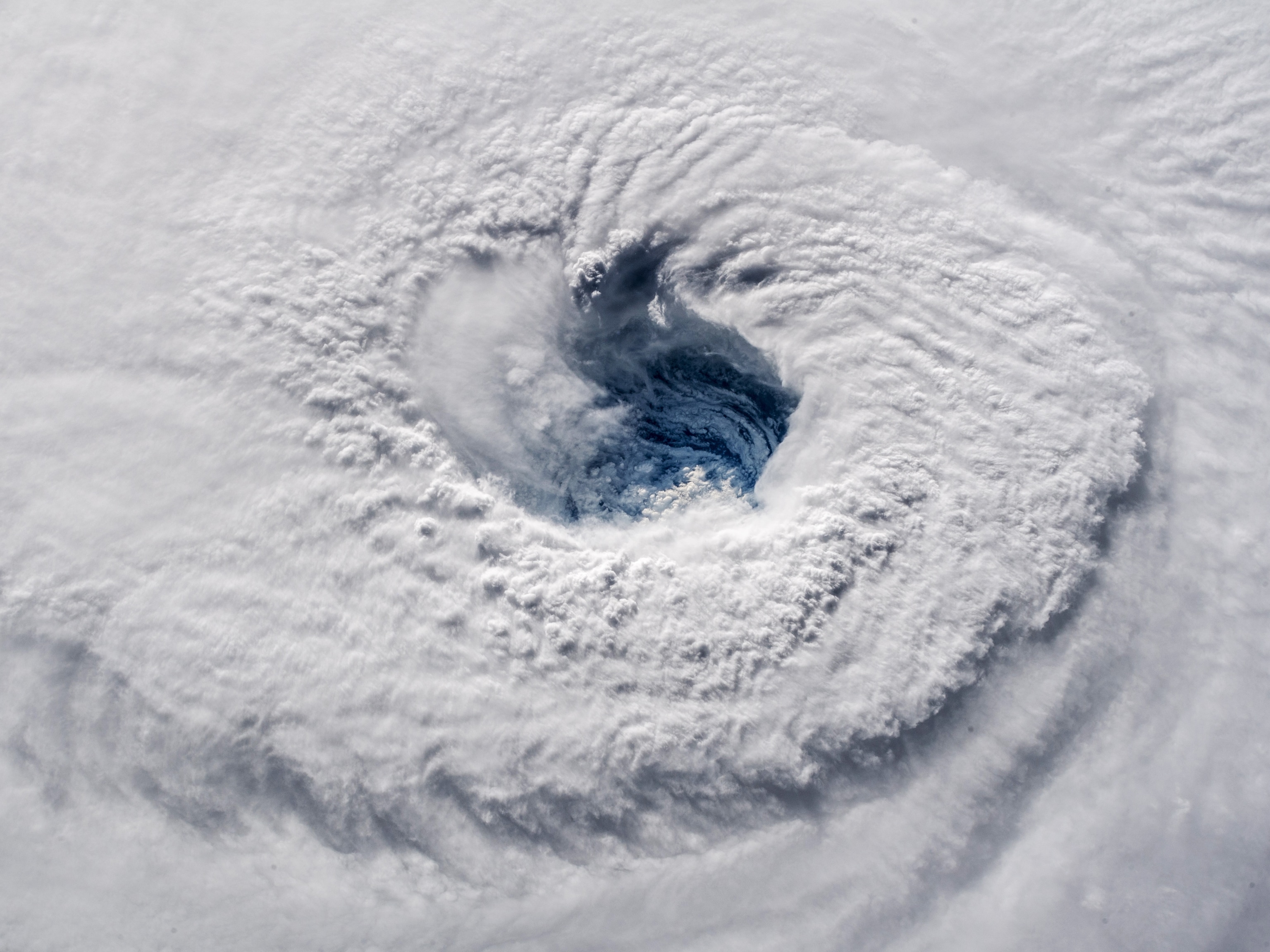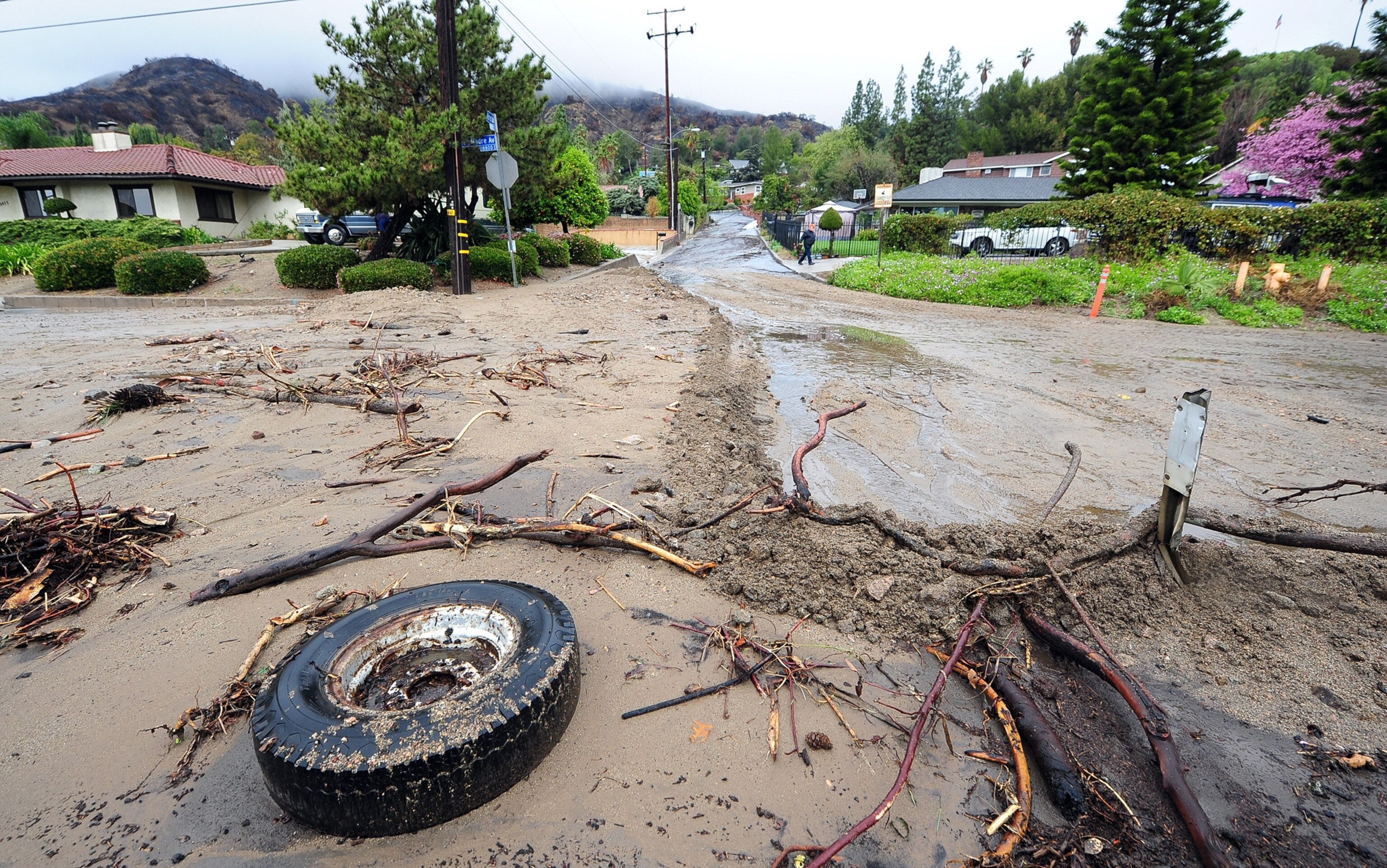
Does California Rain Mean the Drought Is Over?
Recent storms bring respite to the parched state, but real relief may be a year away.
For the first time in over a year, a deep trough of low pressure is sweeping across California's skies, bringing soaking rainfall all the way from San Diego to the Oregon border. Finally, western hills show a tinge of green. Long-silent Pacific tree frogs are erupting into winter chorus. Mating newts have started their annual pilgrimage through wet redwood forests into creeks.
A surge of strong westerly winds has shoved aside the so-called Ridiculously Resilient Ridge of high pressure that's been parked over the Golden State, deflecting storms.
Does this dramatic shift signal the end of the state's fearsome drought? Or should Californians brace for Ridge Redux?
Experts say this welcome new weather pattern could spare the state from recording the driest winter in history. But it's "too little, too late" to turn around a creeping crisis, they say. And it does not appear to be a harbinger of sustained precipitation to come.
"It's a move in the right direction," said meteorologist Jan Null of Golden Gate Weather Services in Saratoga, California. "But there's minimal real impact."
Even before the arrival of this winter's massive ridge, the state suffered through two years of little rain. Then the wall of high-pressure air—4 miles (6.4 kilometers) high and 2,000 miles (3,219 kilometers) long—refused to budge, diverting a sequence of sorely needed Pacific storms up into Alaska, then down to the East Coast.
Last week's strong jet stream forced a change, pushing the ridge inland toward the Great Basin and delivering rain to California. The storms bumped up the San Francisco Bay Area's rainfall totals by two inches (five centimeters). Los Angeles registered 4.5 inches (11.4 centimeters) of new rain. "But that's only 30 to 50 percent of what's normal for these cities," said Null.
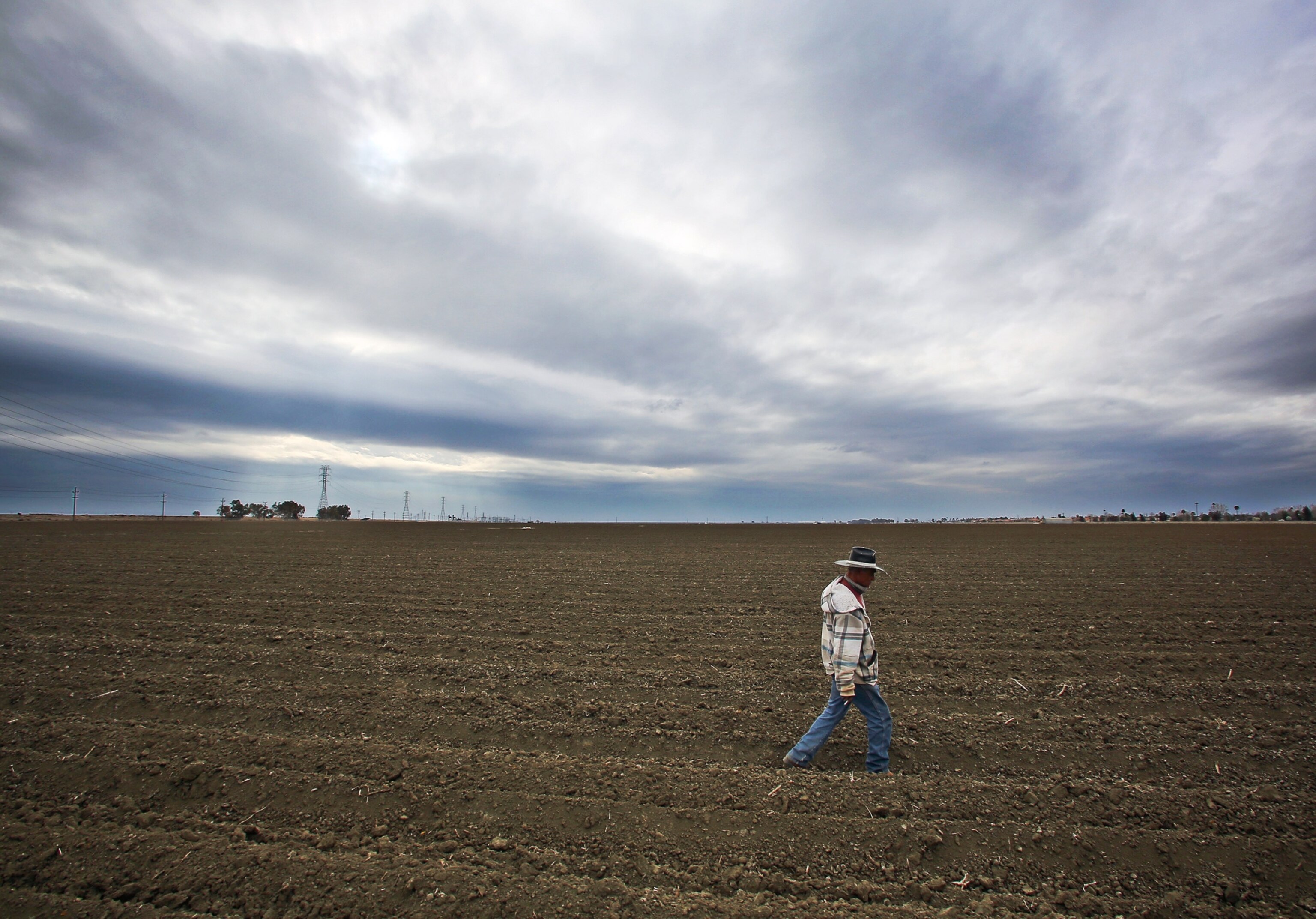
Ridge Repeat in March?
Moreover, there is some worrisome evidence that the ridge may rebuild in nearly the same position in March, according to National Weather Service data analyzed by the National Interagency Fire Center, which coordinates America's wildland fire fighting.
These experts blame a large pool of warm sea surface temperatures in the southern Gulf of Alaska, which is thought to be responsible for creating and sustaining high-pressure ridges off California's coast.
This warm pool of water may dissipate too slowly to help the state this winter, according to computer models used by the fire center. This means below-average rainfall for March and April during the traditional close of the winter precipitation season, the report concludes.
"This respite from the ridge will be short lived," it predicts.
Looking Forward to El Niño
But there are hopeful signs on the more distant horizon, thanks to a different sort of scientific phenomenon stirring out in the Pacific.
Bursts of eastern moving waves, called Kelvin waves, may push warm Pacific waters toward California—triggering a late summer El Niño weather pattern that continues into next winter. Last month, the National Weather Service's Climate Prediction Center gave a 49 percent probability of El Niño returning by fall.
A strong El Niño almost always brings above-normal precipitation to California. It's been in a lull for two years.
If it's mild, it won't deliver much rain. "To have high confidence in a wetter winter, we need high confidence that the El Niño is pretty strong," Swain said.
But even a weak El Niño would be powerful enough to destroy this winter's Resilient Ridge—opening the door for incoming Pacific storms, they said.
It's too soon to count on an El Niño that will pack much punch, according to Null and Daniel Swain, the researcher at Stanford University's Woods Institute for the Environment who coined the term "Ridiculously Resilient Ridge" on his blog, weatherwest.com.
"Even if next winter is not very wet," said Swain, "it seems unlikely it will be this dry."
Lisa M. Krieger covers science and the drought for the San Jose Mercury News.



